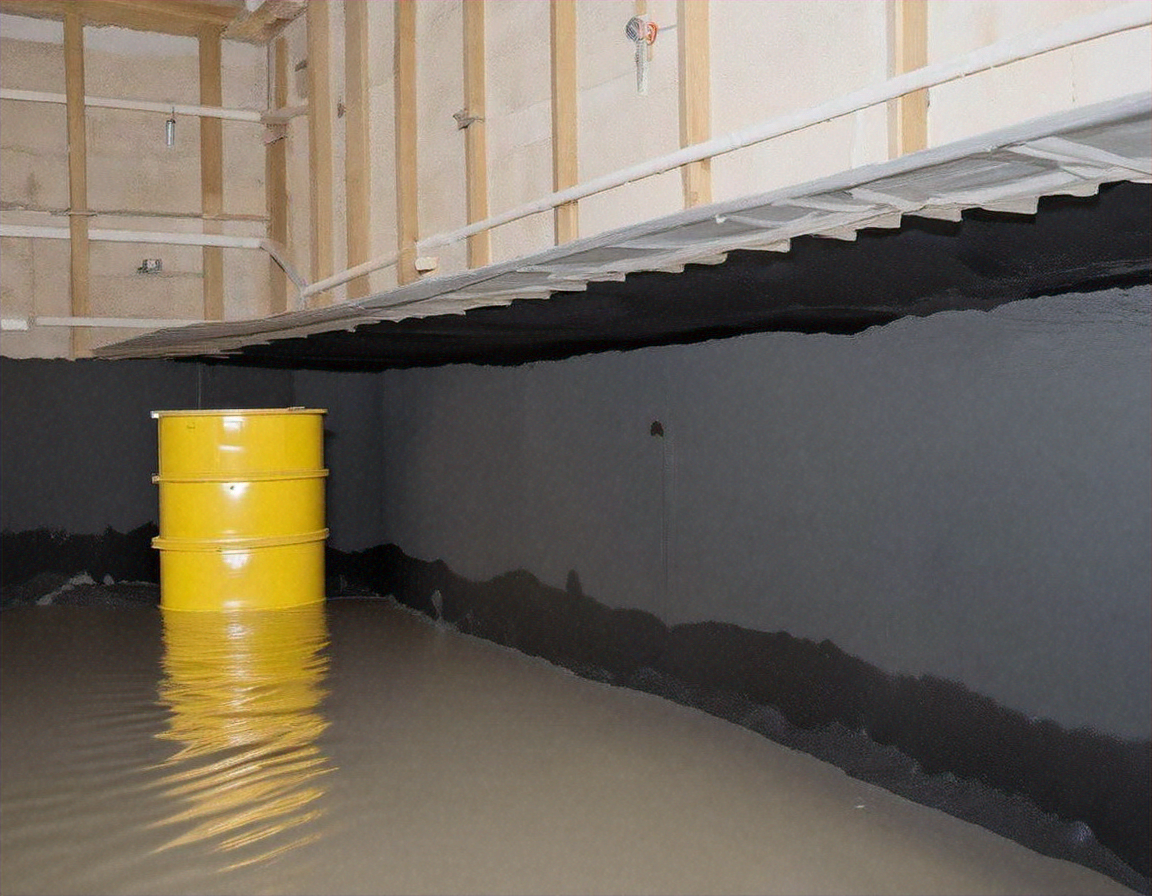Basement Waterproofing to Protect Your House Foundation
A damp basement can slowly undermine a house’s livability and value, so effective basement waterproofing is about more than puddles — it protects the foundation, indoor air quality, and stored belongings. This article explains common causes of water intrusion, practical waterproofing methods, and how to evaluate risks in your area so you can make informed maintenance choices for your home.

Basement: Why protect it from moisture?
Basements are naturally prone to moisture because they sit below grade where soil and groundwater collect. Left unchecked, humidity and seepage promote mold, mildew, wood rot, and corrosion of mechanical systems. Even minor leaks can damage insulation, drywall, and personal property over time. Protecting the basement reduces repair costs and preserves a usable, healthier space. Regular checks after heavy rains or snowmelt, grading to direct runoff away, and maintaining gutters are simple preventive steps that address many common sources of basement dampness.
Waterproofing: What methods work best?
Waterproofing methods fall into two broad categories: interior and exterior solutions. Exterior waterproofing (excavation and membrane application) addresses water before it reaches the foundation wall, while interior systems (drainage channels, sump pumps, and sealants) manage water that has already penetrated. Concrete sealers and crystalline coatings can reduce vapor transmission, but are generally most effective when combined with a drainage system. Choosing methods depends on soil conditions, water table level, foundation type, and budget. A professional assessment helps determine whether a combination approach is the most durable solution.
House: How does basement water affect a house?
Water in the basement can lead to structural and health consequences for the entire house. Persistent moisture can deteriorate masonry mortar, cause foundation heave or settling in freeze/thaw climates, and corrode metal supports or fasteners. Moist basements also raise indoor humidity, increasing the risk of allergen-producing mold that impacts air quality throughout the house. Mechanical systems located in basements—furnaces, water heaters, electrical panels—are vulnerable to damage, which can lead to costly emergency repairs or unsafe conditions if ignored.
Foundation: Signs your foundation needs waterproofing
Recognizing early signs helps prevent extensive foundation damage. Look for hairline to wider cracks in foundation walls or floors, efflorescence (white mineral deposits), damp patches, or visible mold on walls. Uneven floors, doors that stick, or new gaps around windows and trim can indicate foundation movement caused or exacerbated by water. Interior signs include musty odors and recurring puddles after storms. If you notice any of these signs, document them, inspect exterior grading and gutters, and consider getting a foundation and drainage evaluation from a qualified contractor.
Water: How to control water around your basement
Managing water starts at the surface. Ensure soil slopes away from the house and maintain gutters and downspouts so they channel water at least several feet from the foundation. Install or repair surface drainage features like swales or French drains to redirect runoff. For high groundwater or poor soil drainage, perimeter drains and a sump pump may be necessary to keep water at bay. Landscaping choices also matter: avoid planting water-thirsty shrubs too close to the foundation and use permeable hardscaping where possible to reduce saturation near foundation walls.
Conclusion
Basement waterproofing is a practical investment in a house’s longevity and indoor environment. Combining sensible exterior maintenance—proper grading, clean gutters, and strategic landscaping—with targeted interior or exterior waterproofing systems addresses both the causes and consequences of water intrusion. Early detection of foundation or moisture issues reduces repair complexity and cost, and periodic inspections after major weather events can help homeowners prioritize fixes. Thoughtful, tailored waterproofing solutions protect structural integrity, preserve belongings, and maintain healthier living spaces over the long term.






